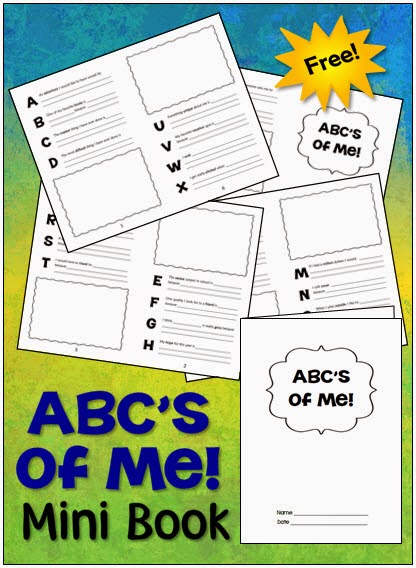Critical Thinking, Researching, and Writing Freebie
Have you noticed how often companies imply that their products or services are “green,” or environmentally friendly? But are they really “going green”? Or are they are just trying to look good and give the impression that their company is helping the Earth?

I started thinking about this when I was looking at label on a jar of peanuts. In bold letters at the top it said “85% Less Packaging” which sounds like a good thing.
But then underneath it in small letters it said “Than glass jar by weight.” So is this good for the environment?
Glass jars which are 100% recyclable have been replaced with plastic jars that are the same size but weigh less. Plastic is bad for the environment; it’s not fully recyclable like glass, and it takes hundreds of years to degrade in a landfill.
So why would a company switch to plastic if it’s not good for the environment? Could it be that plastic is cheaper? Could it be that reducing the product’s weight makes it cheaper for them to ship those jars? I know I'm making inferences, but it sounds to me like they have switched to plastic to save themselves money. Yet they are promoting the switch as being good for the environment! Boo on them!
This situation made me realize that we as teachers have a unique opportunity to encourage critical thinking about environmental issues. We can ask our students to look at these types of claims and evaluate them for themselves.
Take It to Green Court!
Did you ever see the animated kids’ show called
Science Court? Someone would sue a company, and the case would end up in Science Court. The scientific basis for the claim was examined, the jury discussed the evidence, and a verdict was reached. Why not do something similar to examine environmental claims and call it “Green Court”? As soon as the inspiration hit, I knew I had to create a packet of teaching materials to put this idea into action!
Since I no longer have a classroom where I can test out my crazy schemes,
Mandy Neal, tested it with her students, and she shared their experiences on her blog,
Teaching with Simplicity. As I had hoped, it turned out to be an engaging lesson that activated critical thinking, researching, writing, and discussion skills. Her kids had fun, but they were learning to be critical thinkers, and more importantly, they were also discussing some serious pretty serious real life issues.
Green Court Claims Freebie
After getting feedback from Mandy, I organized all of the lesson resources in one downloadable PDF file and added the CCSS alignment information to the end of the packet. I originally created this freebie for Earth Day, but it's a terrific lesson any day of the year. You can use it when studying propaganda in advertising, as a social studies lesson about the court system, an environmental science lesson, or a research and writing activity. The lessons are aligned with Common Core Informational Text Standards for grades 4, 5, and 6, as well as the Speaking and Listening Standards for all grades.
You'll find the
Green Court Claims freebie on
my Science page in the Teaching Resources file cabinet. You can also find it on my Laura's Best Freebies page when you sign up for
Candler's Classroom Connections. I hope you and your students enjoy this lesson!





























